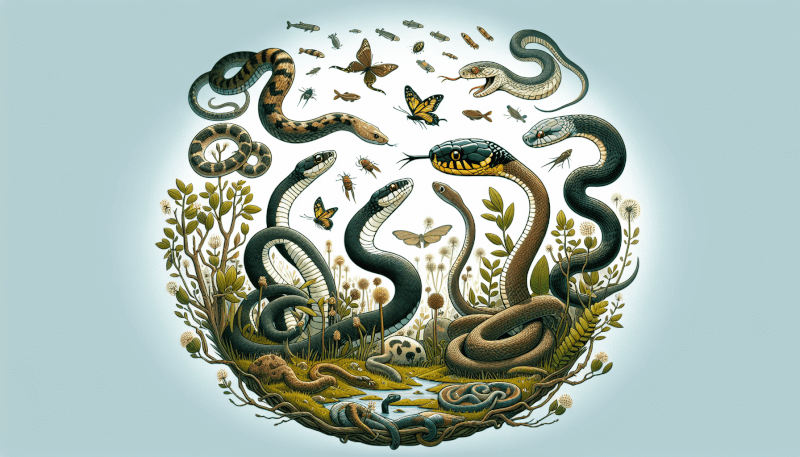Imagine a world where snakes are not the stuff of nightmares and Hollywood fantasy, but rather fascinating creatures that inspire awe and curiosity. In this article, we will debunk common myths and misconceptions about these slithering wonders, shedding light on the truth behind their reputation. Whether you’re a snake enthusiast or simply seeking to expand your knowledge, prepare to be amazed as we unravel the intriguing world of these oft-misunderstood reptiles. Snakes have long been a source of fascination and fear for many people. They are often portrayed as dangerous and aggressive creatures, but many of these beliefs are based on myths and misconceptions. In this article, we will explore some of the common myths and misconceptions about snakes, and provide you with the facts to help you better understand these remarkable reptiles.
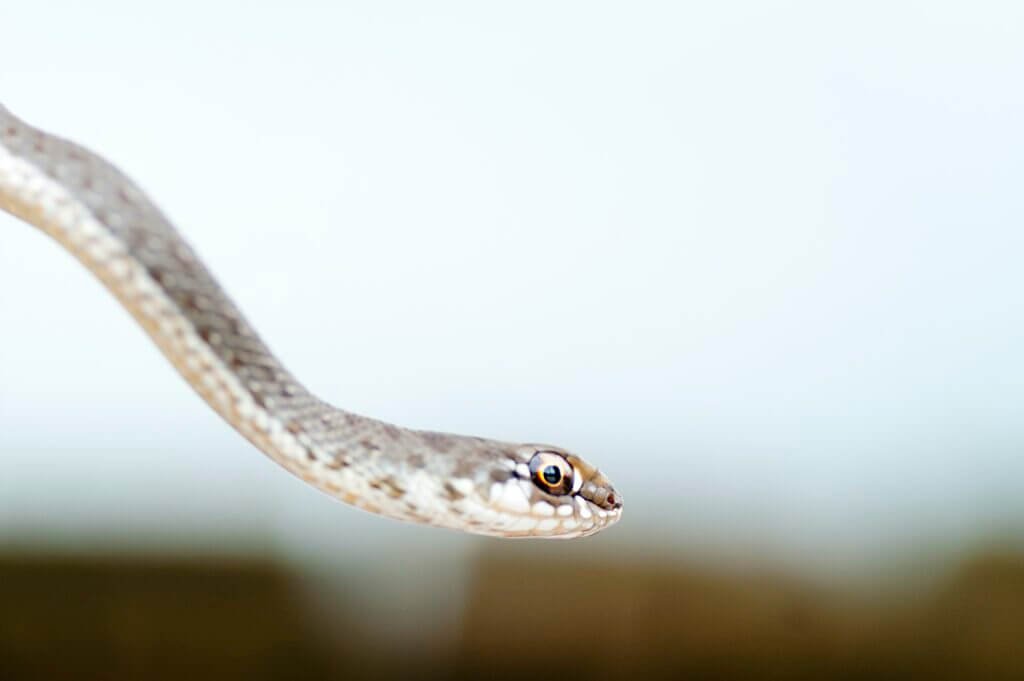
Snakes are poisonous
Not all snakes are poisonous
Contrary to popular belief, not all snakes are poisonous. In fact, the majority of snake species are non-venomous and pose no direct threat to humans. Poisonous snakes, also known as venomous snakes, make up a small percentage of the snake population. It is important to remember that even among venomous snakes, not all have highly potent venom that can cause harm to humans.
Difference between venomous and non-venomous snakes
It is crucial to understand the difference between venomous and non-venomous snakes. Venomous snakes possess specialized glands that produce venom, which is then injected into their prey or potential threats through their sharp fangs. Non-venomous snakes, on the other hand, rely on constriction or swallowing their prey whole to subdue them. So, while some snakes may look similar, it’s important to remember that their methods of subduing prey and defending themselves can vary greatly.
Snakes are aggressive and always ready to attack
Snakes are generally shy and prefer to avoid humans
Contrary to the common perception of snakes as aggressive creatures, the majority of snakes are actually quite shy and prefer to avoid human encounters. They tend to hide or escape rather than confront humans. Snakes have evolved to be cautious and recognize humans as potential threats in their environment. So, unless they feel threatened or cornered, they are unlikely to show aggression or attack.
Attack only occurs if the snake feels threatened or cornered
When a snake feels threatened or cornered, it may resort to defending itself by biting. However, it’s important to note that snake bites are usually a last resort for self-defense. Snakes would much rather escape and avoid confrontation altogether. Therefore, it is essential to give snakes their space and not provoke them, as this significantly reduces the chances of any potential encounters or attacks.
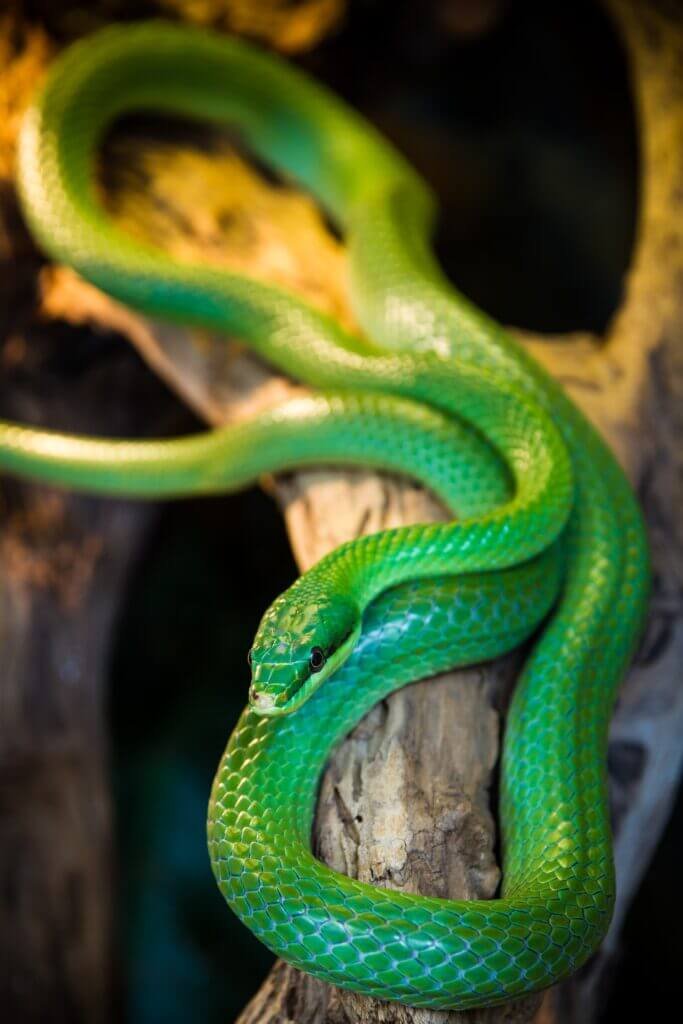
Snakes chase humans
Snakes do not chase humans intentionally
The notion that snakes actively pursue or chase humans is a common misconception. Snakes do not intentionally chase humans or view us as prey. However, it is true that some snake species may follow human movements out of curiosity or for other reasons. This behavior is usually not aggressive but rather a natural response to movement or vibrations in their surroundings.
Snakes might follow movement out of curiosity or for other reasons
Snakes have a keen sense of smell and are highly attuned to vibrations in their environment. They may be drawn to movement, such as a person walking in their vicinity. This is not because they are actively seeking out humans, but rather because they are curious about the presence of movement in their surroundings or potentially investigating a source of heat.
All snakes can unhinge their jaws
Only certain snake species can unhinge their jaws
The ability to unhinge their jaws is not a feature shared by all snake species. It is a characteristic found in certain snake families, such as pythons and some colubrids. Snakes with this unique adaptation can unhinge their jaws to an incredible extent, allowing them to swallow prey much larger than their head. This remarkable ability enables them to consume prey that would otherwise be impossible to swallow.
Jaw dislocation allows snakes to swallow prey larger than their heads
When a snake unhinges its jaws, the ligaments and muscles that hold the jaws together stretch, allowing the snake to open its mouth wider than seems possible. This exceptional flexibility, combined with the ability of some snake species to dislocate their lower jaw bones, enables them to consume prey that is significantly larger than their own head. It’s important to note that this ability is specific to certain snake species and not a characteristic of all snakes.
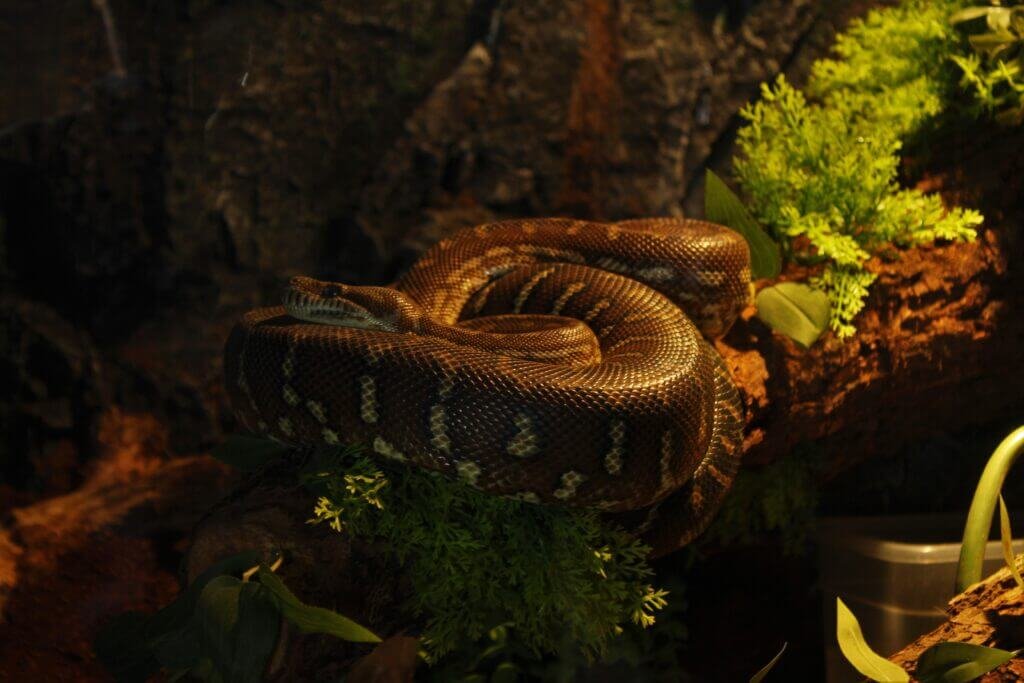
Rattlesnakes always rattle before striking
Some rattlesnakes might not rattle before striking
While it is true that rattlesnakes possess a unique rattle appendage on their tail, which they use as a warning signal, there are instances where they may not rattle before striking. A rattlesnake may choose not to rattle if it perceives the threat as immovable or if it perceives the element of surprise will increase its chances of success. Silent strikes are not uncommon in some rattlesnake species, highlighting the importance of staying vigilant in rattlesnake habitats.
Silent strikes can occur at times
Although rattlesnakes are known for their distinctive rattle, it is crucial to understand that they do not always rely solely on this warning mechanism. In certain situations, such as when they feel threatened or startled, a rattlesnake may skip the rattle and directly strike its target. This behavior emphasizes the need for caution and awareness when encountering rattlesnakes, as they may not always provide an audible warning before striking.
All snakes lay eggs
Some snakes give live birth
While it is true that many snake species lay eggs, there are also snake species that give live birth. This distinction boils down to two different methods of reproductive development: oviparous and viviparous. Oviparous snakes lay eggs which hatch outside the body, while viviparous snakes retain the eggs internally and give birth to live young. Both methods are successful strategies for snake reproduction and are found in different snake families.
Differences between oviparous and viviparous snakes
Oviparous snakes lay eggs, which are typically deposited in a safe and suitable location, such as underground or in leaf litter. The eggs are then incubated externally, usually relying on environmental factors such as temperature for proper development. On the other hand, viviparous snakes retain the eggs internally and provide nourishment to the developing embryos through a placenta-like structure. The fully formed young are then born live, requiring no further incubation outside the mother’s body.
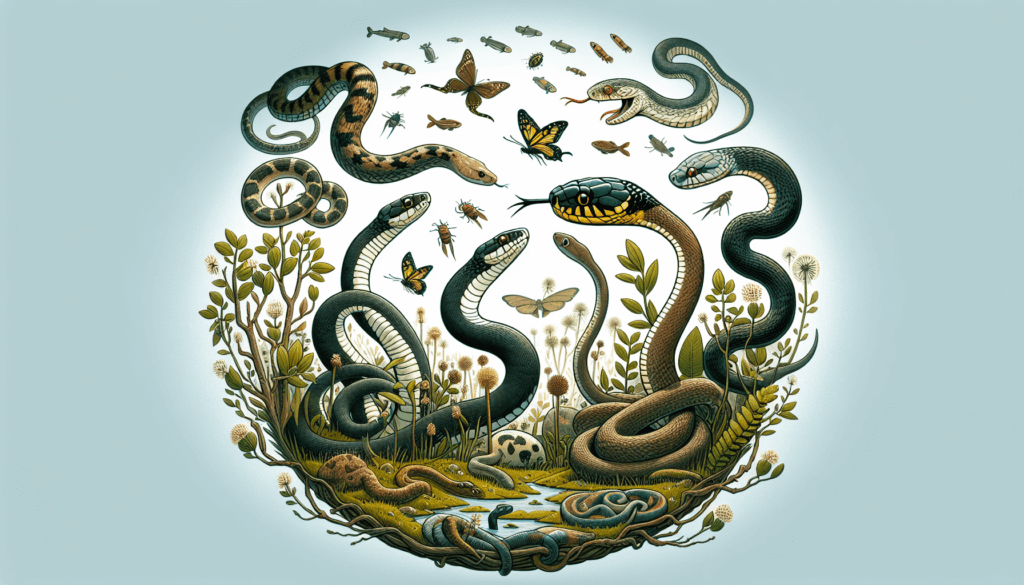
Snakes are slimy
Snakes have dry and smooth scales
Contrary to the popular belief that snakes are slimy, their scales are actually dry and smooth to the touch. Each scale on a snake’s body provides a protective covering and aids in movement. These scales are composed of keratin, the same material found in human hair and nails. The dry and smooth texture of snake scales allows them to move easily through their environment and reduces friction as they slither across various surfaces.
The misconception might stem from associating snakes with other reptiles
The misconception that snakes are slimy may arise from a general association with reptiles. While some reptiles, such as frogs or lizards, have moist and slimy skin, this is not the case for snakes. It’s important to differentiate between different types of reptiles and their distinct characteristics to avoid generalizations that can perpetuate misunderstandings about snakes.
Cutting a snake’s head will make it die instantly
Decapitated snake’s body can still bite and release venom
Contrary to what many believe, cutting off a snake’s head does not guarantee instant death or render the snake harmless. Even after decapitation, a snake’s body is still capable of muscle reflexes, including biting and releasing venom. This is because snakes possess a complex nervous system that can continue to function for a short period of time, even after the severing of the head.
It can take a while for the body to stop moving after decapitation
After decapitation, a snake’s body can exhibit seemingly alive movements for a significant period of time. This is a result of residual reflexes and muscle contractions that occur due to the snake’s spinal cord continuing to receive signals from the brain. It is vital to exercise caution and avoid handling a decapitated snake, as there is still a risk of being bitten and potentially exposed to venom.
All snakes are long
Snakes come in various lengths
Snakes, like all living beings, come in various shapes and sizes. While some snakes are indeed long, others can be quite short. There is a wide range of snake lengths, varying from a few inches to several meters. This diversity in size can be attributed to factors such as the snake’s species, habitat, and evolutionary adaptations. Therefore, it is important not to assume that all snakes are long based on the appearance of certain species.
Some species of snakes can be quite short
Many snake species are relatively short in length compared to their longer counterparts. For example, some species of garter snakes or sand boas are known for their smaller and more compact body structures. These snakes have adapted to thrive in specific environments, where a shorter length provides them with advantages such as improved maneuverability or efficient burrowing abilities. So, it’s crucial to acknowledge the diversity of snake sizes present in the natural world.
Snakes are all dangerous pests
Snakes play important roles in ecosystems
Contrary to being considered dangerous pests, snakes play critical roles in ecosystems. They are often regarded as nature’s pest control, as their diet primarily consists of rodents, insects, and other small animals that can be considered pests. Snakes serve as natural predators, helping to regulate populations of these creatures in their respective habitats. Without snakes, ecosystems could experience imbalances and potential negative consequences, making their presence vital for maintaining healthy ecosystems.
Not all snakes pose a danger to humans
While it is important to exercise caution and respect when encountering snakes, it’s essential to recognize that not all snakes pose a danger to humans. As previously mentioned, the majority of snake species are non-venomous and prefer to avoid human interactions. Snakes play a significant role in the natural world and can coexist peacefully with humans if given the necessary space and understanding. It is crucial to differentiate between perceived danger and the reality of snake behavior to foster a harmonious relationship with these intriguing reptiles.
In conclusion, snakes have long been the subject of various myths and misconceptions. Understanding the facts behind these misconceptions is crucial to demystify snakes and appreciate their role in the natural world. Not all snakes are poisonous or aggressive, nor do they chase humans intentionally. They possess diverse characteristics, exhibit a range of behaviors, and significantly contribute to maintaining balanced ecosystems. By dispelling these common myths, we can develop a deeper understanding and appreciation for these remarkable creatures.

